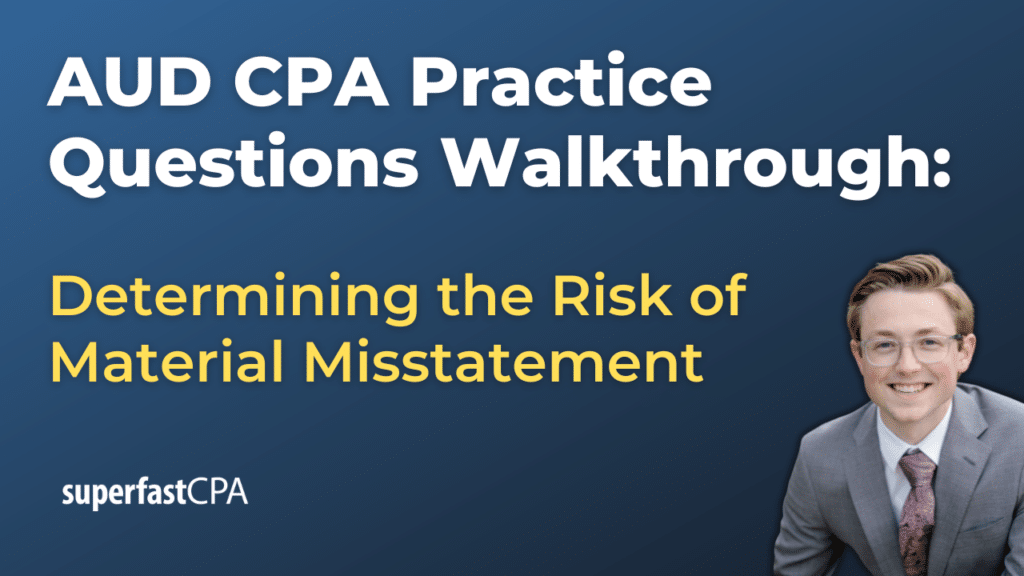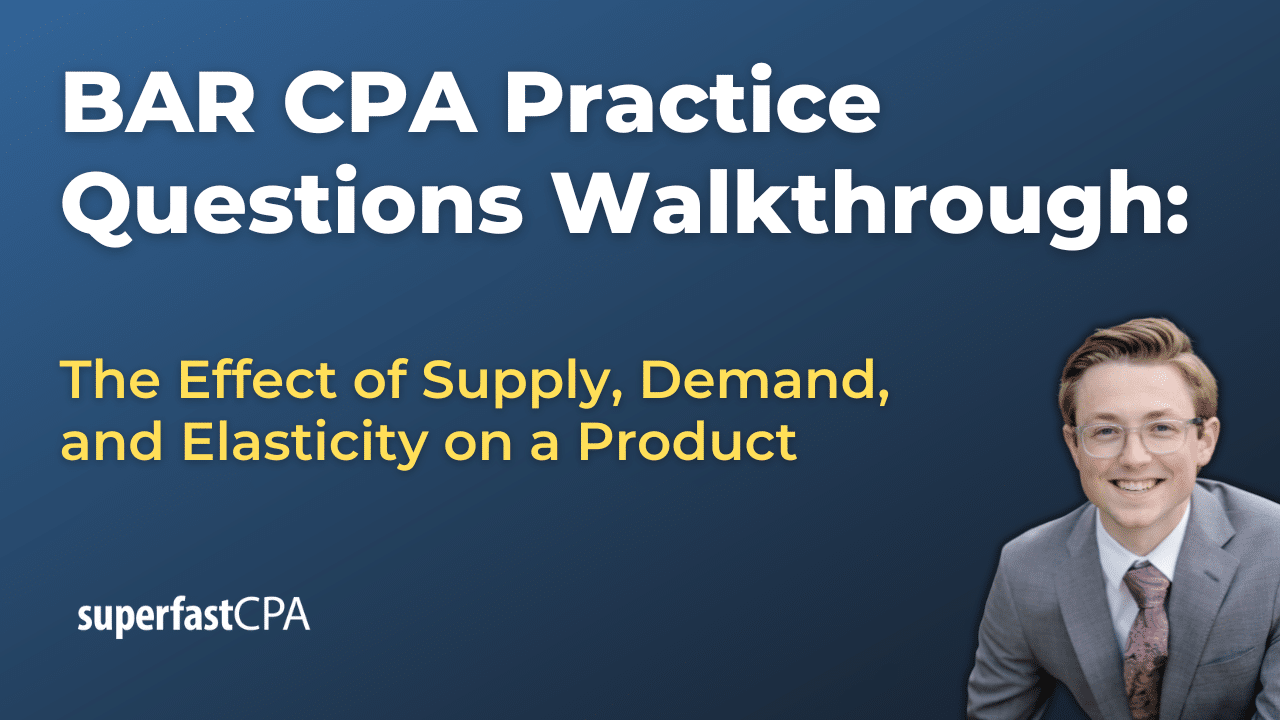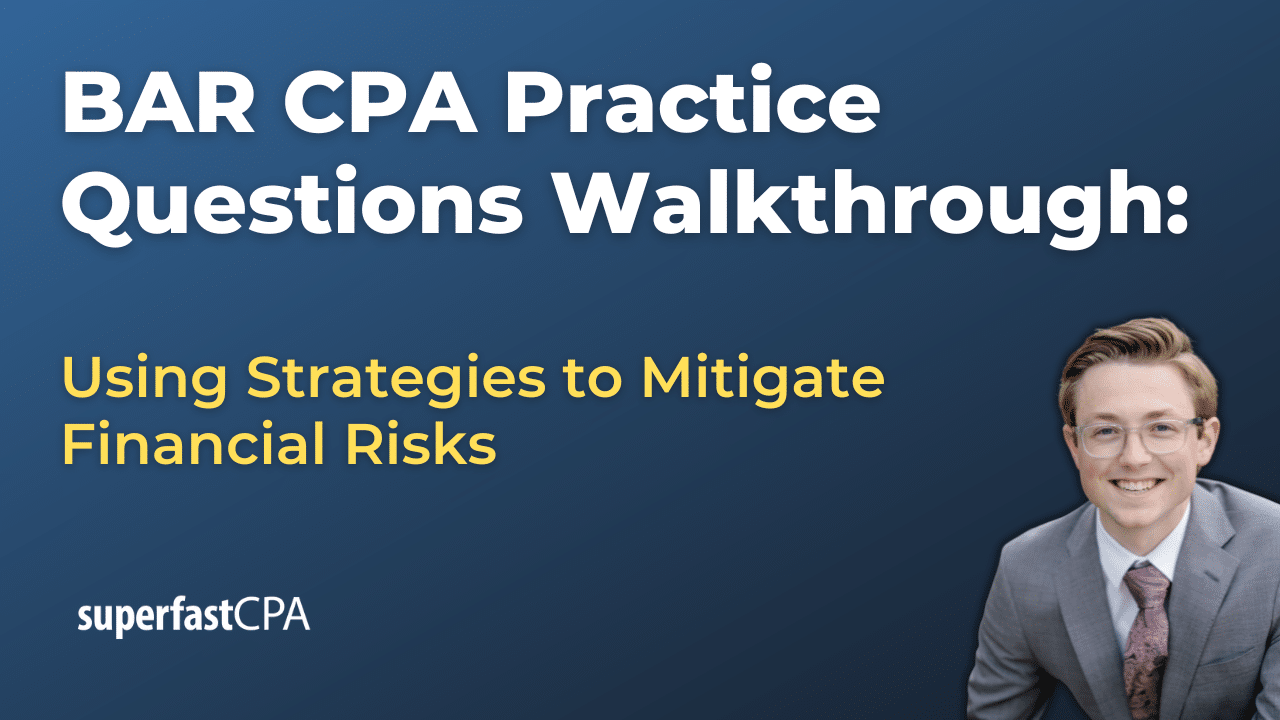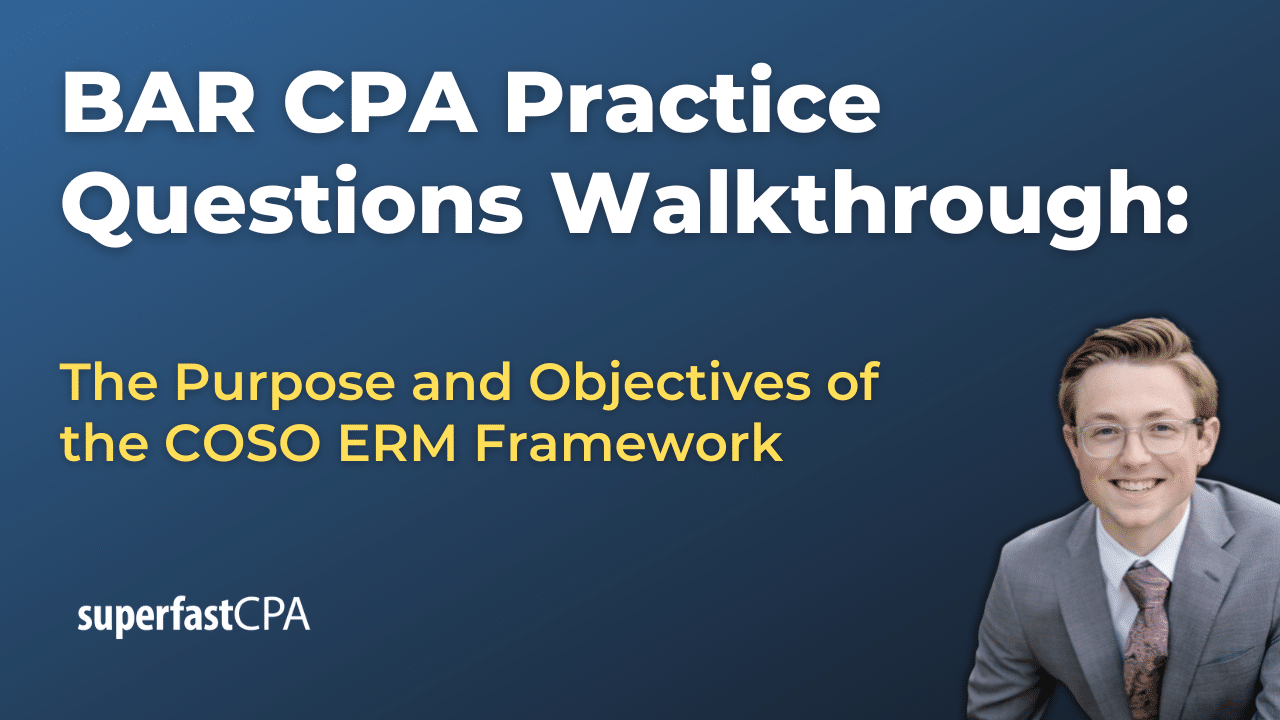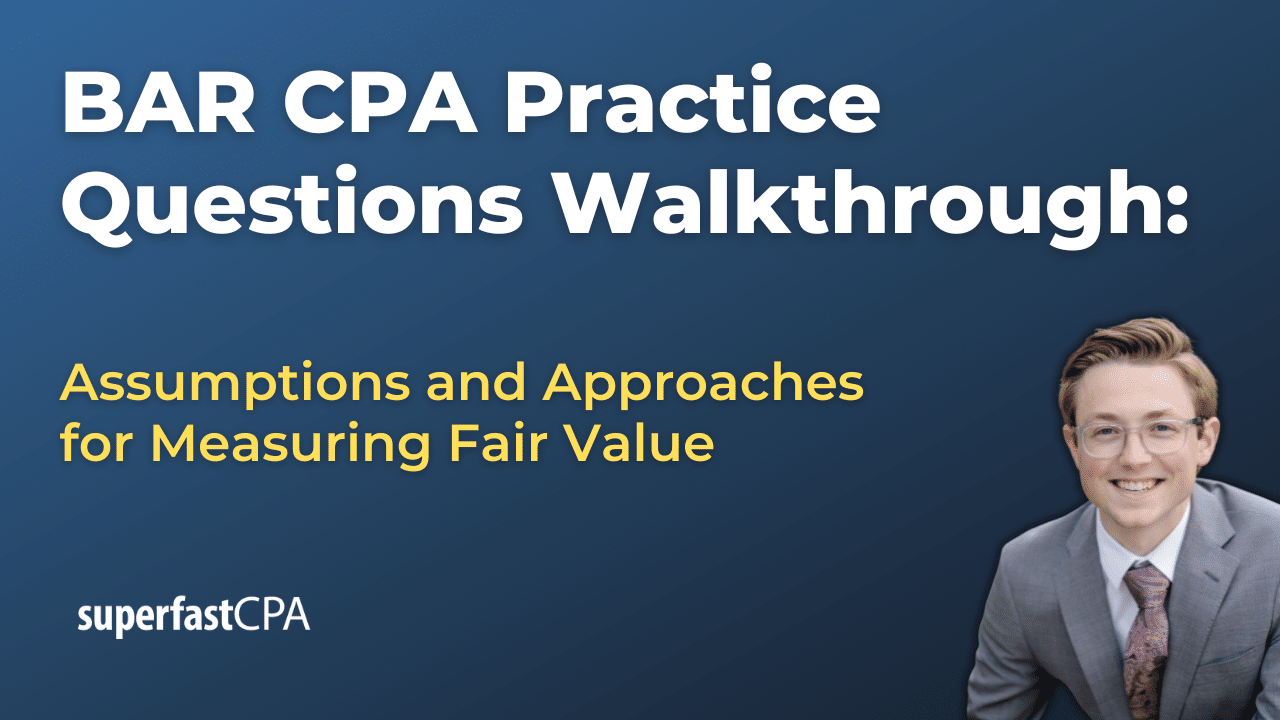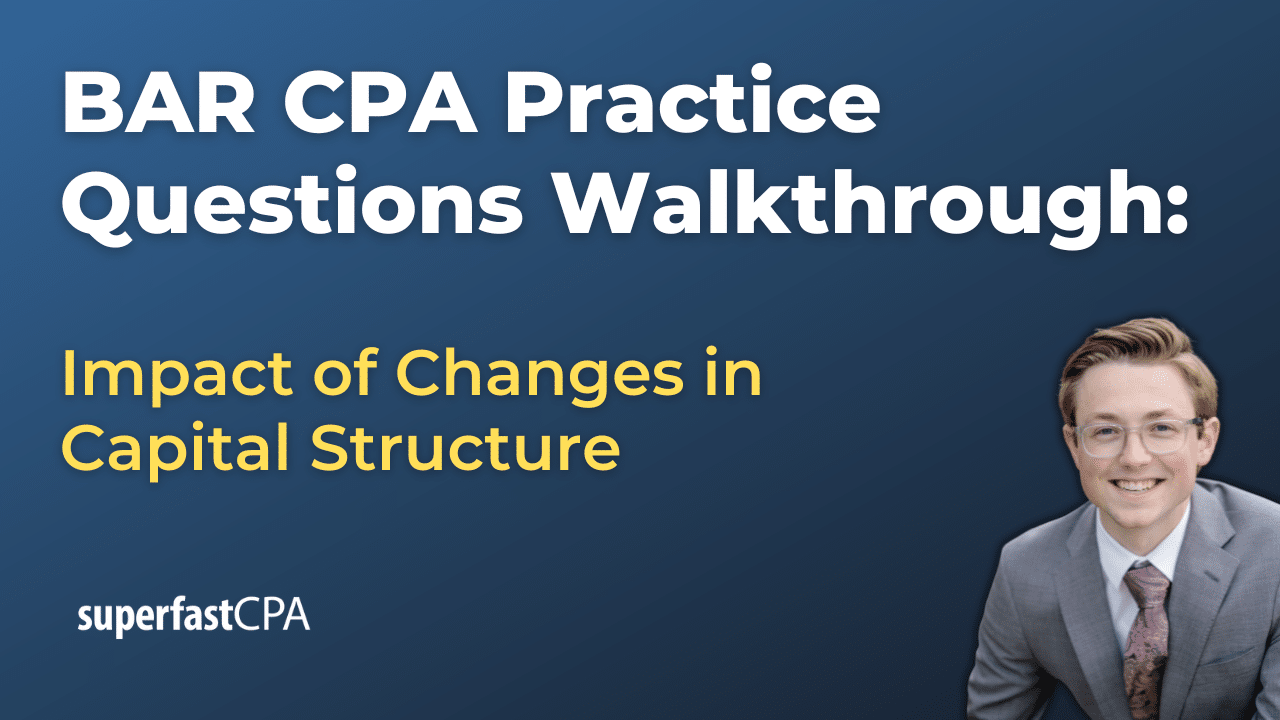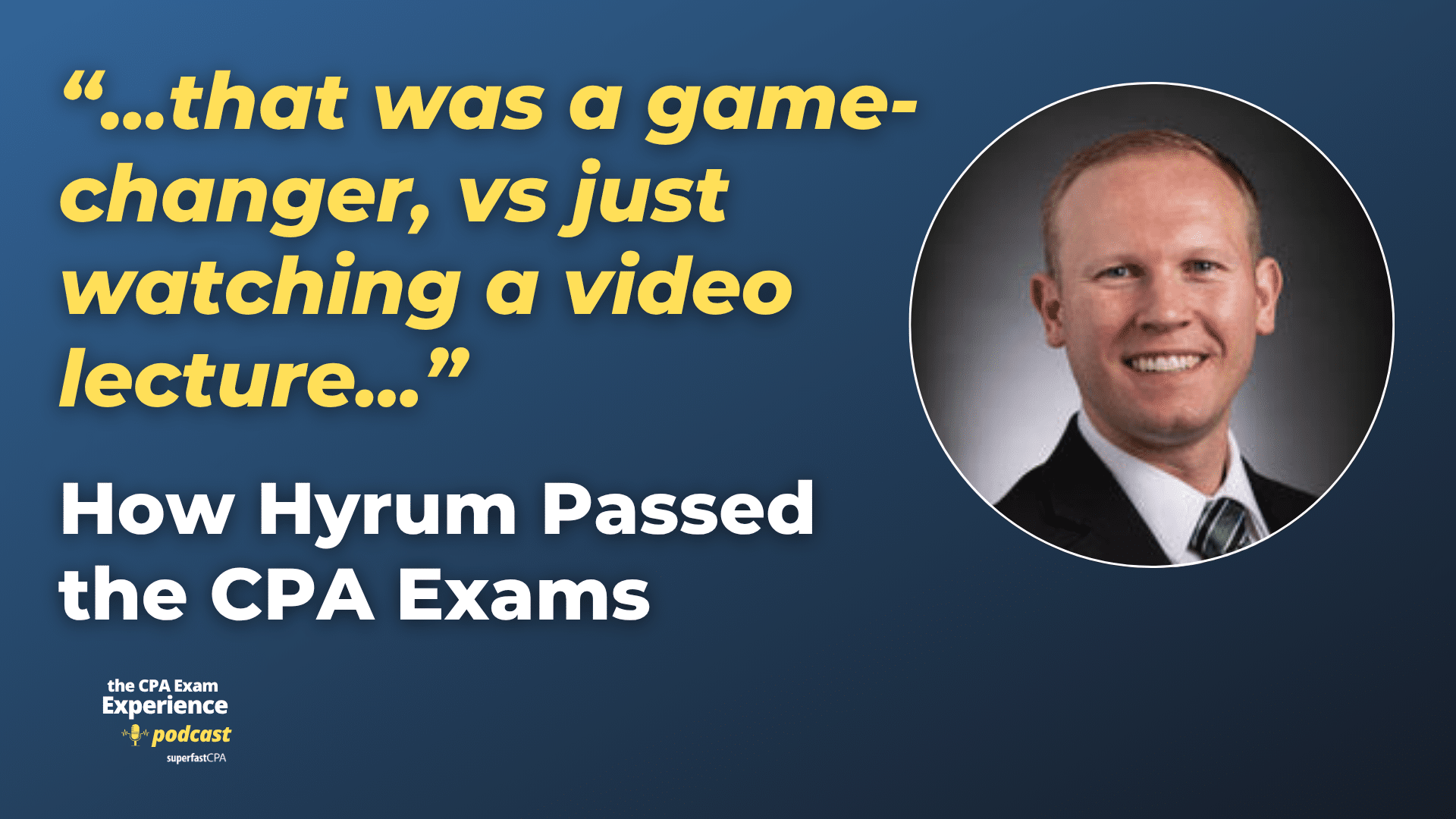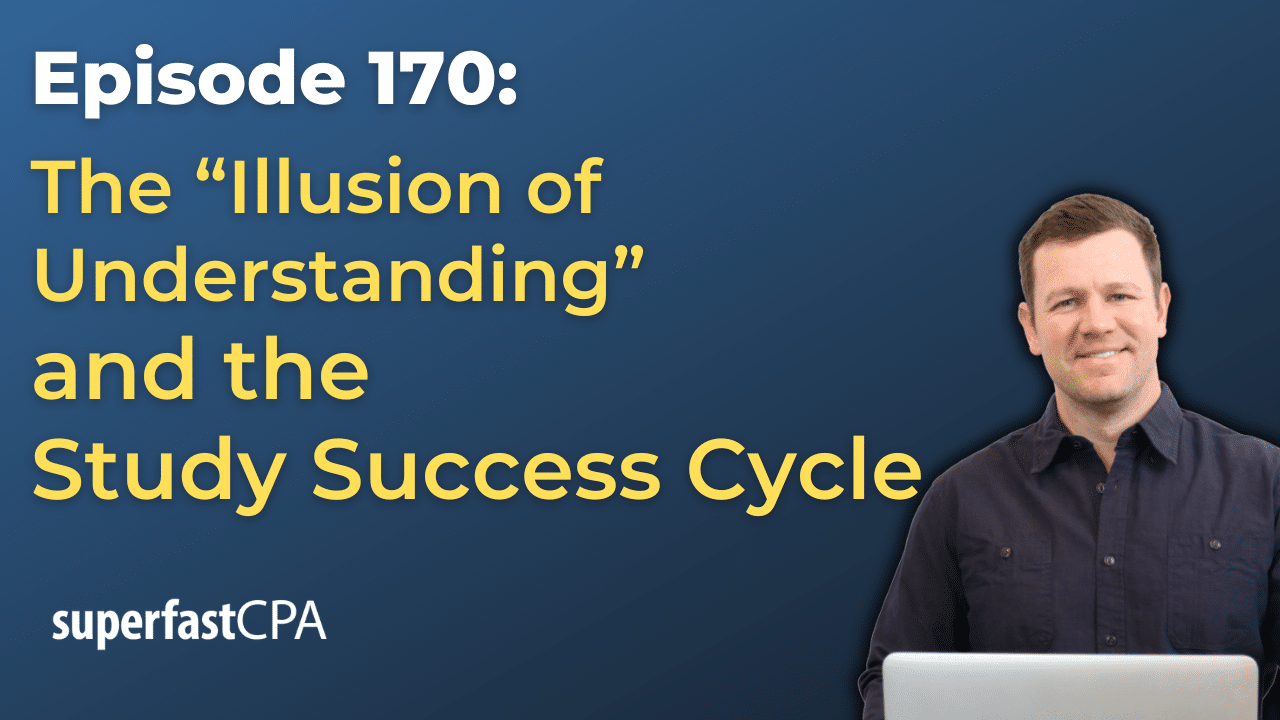In this video, we walk through 5 AUD practice questions teaching about determining the risk of material misstatement. These questions are from AUD content area 2 on the AICPA CPA exam blueprints: Assessing Risk and Developing a Planned Response.
The best way to use this video is to pause each time we get to a new question in the video, and then make your own attempt at the question before watching us go through it.
Also be sure to watch one of our free webinars on the 6 “key ingredients” to an extremely effective & efficient CPA study process here…
Determining the Risk of Material Misstatement
In auditing, identifying and assessing the risk of material misstatement (RMM) is a critical step. This risk can arise due to fraud or error and must be evaluated both at the financial statement level and the assertion level for significant transactions, account balances, and disclosures. Auditors must understand how these risks impact financial reporting and design their procedures accordingly.
Financial Statement-Level Risk vs. Assertion-Level Risk
Financial Statement-Level Risk
This refers to broad risks that affect the financial statements as a whole. Examples include:
- Management Override of Controls – If management can override internal controls, financial statements may be manipulated.
- Lack of Competent Personnel – A company with an inexperienced finance team is at greater risk of errors.
- Significant Industry Changes – Regulatory shifts or economic downturns can increase the likelihood of misstatements.
For instance, if a company’s leadership exerts pressure to meet earnings targets, there may be a heightened risk of fraudulent revenue recognition, which affects multiple areas of the financial statements.
Assertion-Level Risk
These risks relate to specific accounts, transactions, or disclosures. The financial statement assertions include:
- Completeness – Ensuring all transactions that should be recorded are included.
- Existence/Occurrence – Confirming that recorded transactions actually occurred.
- Valuation/Allocation – Verifying that amounts are accurate and appropriately recorded.
- Rights and Obligations – Ensuring the entity has ownership of assets and liabilities.
- Cutoff – Checking that transactions are recorded in the correct period.
- Presentation and Disclosure – Confirming information is properly classified and disclosed.
For example, if a company records revenue before delivering goods, the cutoff assertion is at risk. If inventory includes goods held on consignment, the rights and obligations assertion is at risk.
Fraud vs. Error: Identifying the Cause of Misstatements
Auditors must distinguish whether a misstatement results from fraud (intentional) or error (unintentional). Factors that indicate a higher risk of fraud include:
- Inconsistent financial results compared to industry trends.
- Complex or unusual transactions that lack clear business rationale.
- Management with excessive control over financial reporting.
On the other hand, risks of material misstatement due to error often arise from:
- Weak internal controls, leading to accidental omissions.
- Misapplication of accounting standards due to lack of knowledge.
- High transaction volume, increasing the chance of misclassification.
For example, if an auditor notices that significant journal entries are made at year-end with minimal explanation, they might suspect fraud. But if the company recently switched to a new accounting system and inventory balances are incorrect, the risk is likely due to error.
Assessing and Responding to Risk
Assessing risk is an ongoing process throughout the audit, not just during planning. Auditors must:
- Perform a Fraud Brainstorming Session – Discuss potential fraud risks with the audit team.
- Understand the Entity and Its Environment – Identify factors that increase risk, such as weak governance or economic pressures.
- Test Internal Controls – Determine if controls mitigate risks or if further substantive testing is needed.
- Design Audit Procedures – Tailor substantive tests based on assessed risk levels.
For example, if revenue recognition policies are weak, the auditor may increase substantive testing on revenue transactions by inspecting contracts and confirming shipments.
Conclusion
Understanding risk of material misstatement is essential for conducting a quality audit. By distinguishing between financial statement-level risks and assertion-level risks, identifying fraud vs. error, and applying appropriate audit procedures, auditors can provide reasonable assurance that financial statements are free from material misstatement. This process helps maintain the integrity of financial reporting and investor confidence.

